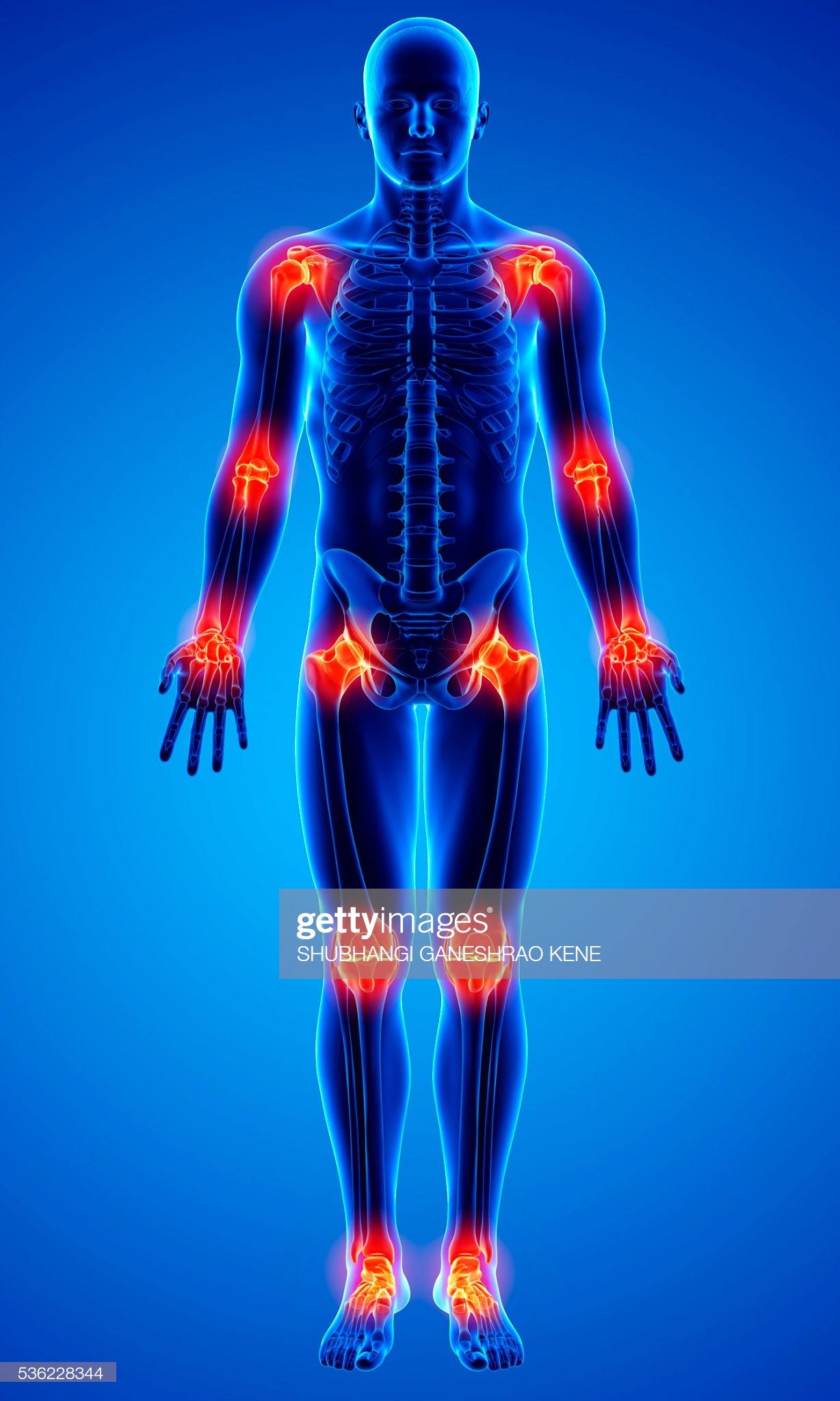BURSITIS TREATMENT
If the bursitis is to be permanently resolved, the primary condition responsible for its formation must be correctly identified and resolved. This is what we do in all cases of bursitis no matter where it has developed.
For example, hip bursitis develops whenever one of the 7 major hip muscles develops tendinopathy. To solve hip bursitis, the dysfunctional tendon must be correctly identified and treated simultaneously with bursitis. This ensures success in both cases.
We have developed an extremely efficient protocol to solve bursitis by integrating extracorporeal shockwave therapy with manually applied myofascial release techniques. We have seen this combination solve even the worst cases of bursitis in less than 5 treatments. Our lead therapist’s keen sense of touch due to a vision impairment quickly identifies the primary condition(s) responsible for bursitis to form, setting up the parameters for the treatment protocol.
Symptoms:
The most common symptom of bursitis is an extremely sharp jabbing pain which you can easily locate and touch. It may also be accompanied by a relentless nagging ache felt throughout a wide area of tissue around the bursa.
Symptoms are experienced at the site of the bursa as well as in other locations near the joint. The most common sites of bursitis are:
- Shoulder
- Elbow
- Hip
- Buttocks (sits bone)
- Knee
- Ankle (Achilles tendon)
There are no bursas in the hands or feet except for the one behind the Achilles tendon at the heel.
Here are the most common locations of bursitis in your body, and the reasons for them:
- Shoulder Bursitis – There are 17 tendons attaching at the shoulder and most have a bursa separating each one from the other. Bursas are also located between the tendons and the bones they travel close or attach to. A prolonged repetitive force can injure one or more of these tendons, resulting in tendonitis. Soon the associated bursa will too become inflamed developing bursitis. Tendonitis is the most common cause of bursitis in the body.
- Elbow Bursitis – Although there are numerous bursas in the elbow, the most common bursitis here is with that bursa which lies just below the skin which covers your elbow. Since the elbow joint moves through a wide range of motion, the skin must be capable of stretching and gliding over the pointy bone of the elbow joint. A bursa allows the skin to glide smoothly over the pointy bone.

- Bursitis here arises when you lean on your elbow for long periods, irritating it. Students leaning on a hard desk surface, or directly hitting your elbow hard can result in bursitis of the elbow.
- Hip Bursitis – We have 7 major tendons all attaching on the hip bone. A large bursa separates each tendon from directly rubbing on the hip bone, and also separate one from the other. Tendonitis of any of these tendons will cause bursitis to develop, as will extremely tight muscles of these seven tendons.
- Knee Bursitis – Our knee has many bursas to fully keep all of the various tissues from directly rubbing against one another.
Causes:
Bursitis results when the bursa is exposed to a repetitive prolonged force against its surfaces. In most cases, tendons which are excessively tight, rubbing repeatedly on a bursa will eventually cause the bursa to become inflamed (itis) creating bursitis. Causes of bursitis in the knee include:
- Kneeling as with installing flooring
- Tendonitis
- Arthritis
- Climbing- up and down ladders, stairs or stair exercise equipment
- Crooked (pronated) feet
Trauma
Foot – There is only one bursa in the entire foot region and it is located behind your Achilles tendon. As we have mentioned above, tendonitis is the most common cause of bursitis in the body and this case is no different. Tendonitis of your Achilles tendon will lead to retrocalcaneal bursitis of your ankle.
Ischium (sitting bone) – The ischium is the bone which you sit on in your buttock region. A large quite thick bursa lies here covering the somewhat pointy bone of the ischium bone. A bursa lies just under the skin, exactly like that of your elbow. A second deep bursa is situated just above the ischium bone separating the huge hamstring tendon and its surrounding connective tissues from directly rubbing on its ischial attachment point. Causes of this bursitis are tendonitis of the hamstring tendon, or prolonged sitting on hard surfaces. Bike riding, jogging, or stair or rough terrain climbing are examples of activities which could lead to ischial bursitis.
Treatment
Our bursitis treatments are similar for all cases of bursitis, whether it is in the shoulder, hip, knee and so on.
Shockwaves are administered into the region of bursitis to first flush out painful inflammation, allowing us to work on the bursa and the primary tendonitis without excessive pain present. In many cases, our initial use of shockwaves removes most of the pain from the bursa allowing us to specifically target the dysfunctional fibres of the bursa and the underlying cause for the condition, most often tendonitis.
We alternate between shockwave therapy and myofascial release therapy to break apart the tendon adhesions as well as the dysfunctional fascial fibres from the associated muscles in the region. It’s a process which requires more than 1 hour to complete but the results are amazing. You leave the clinic with at least 60% decrease in pain from bursitis, more flexibility and a sense of relief. Your sleep the night of the treatment is excellent and a welcomed side-effect to treatment.
The number of treatments required to solve bursitis depends on how severe the primary condition is. Some cases of shoulder bursitis were resolved in 2 treatments, while severe cases of hip bursitis took 5 in total. We own and use 3 different shockwave therapy units, each with their own capabilities in treating complex conditions. Our protocol specifies which units are used during each treatment.

